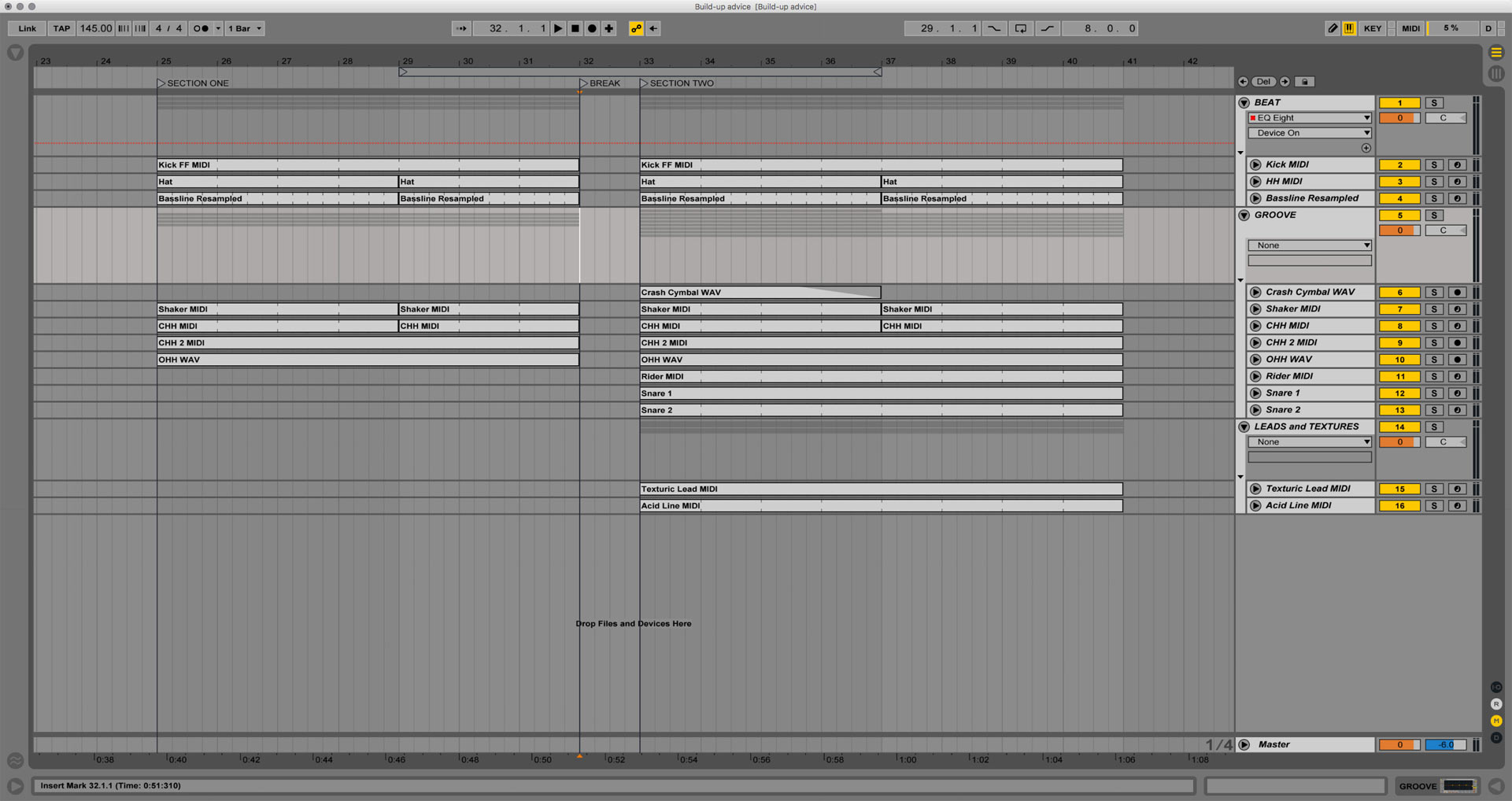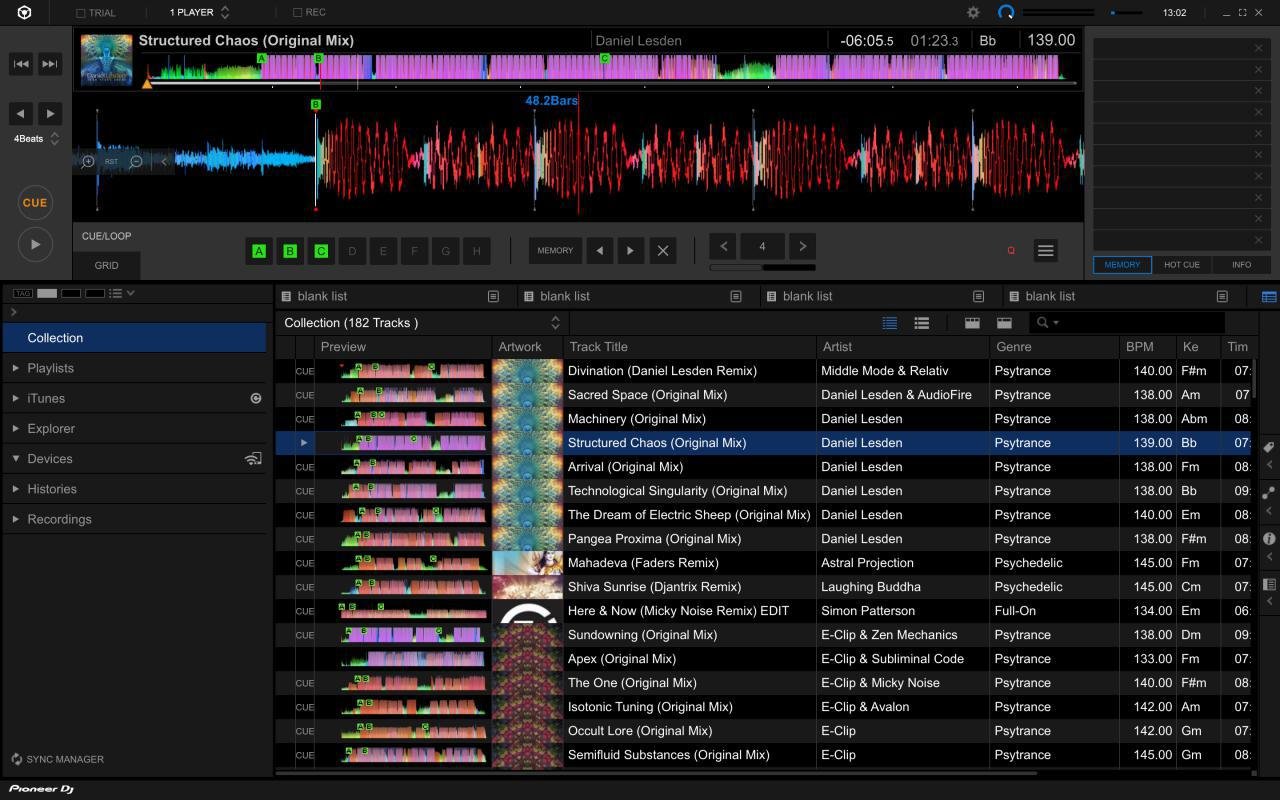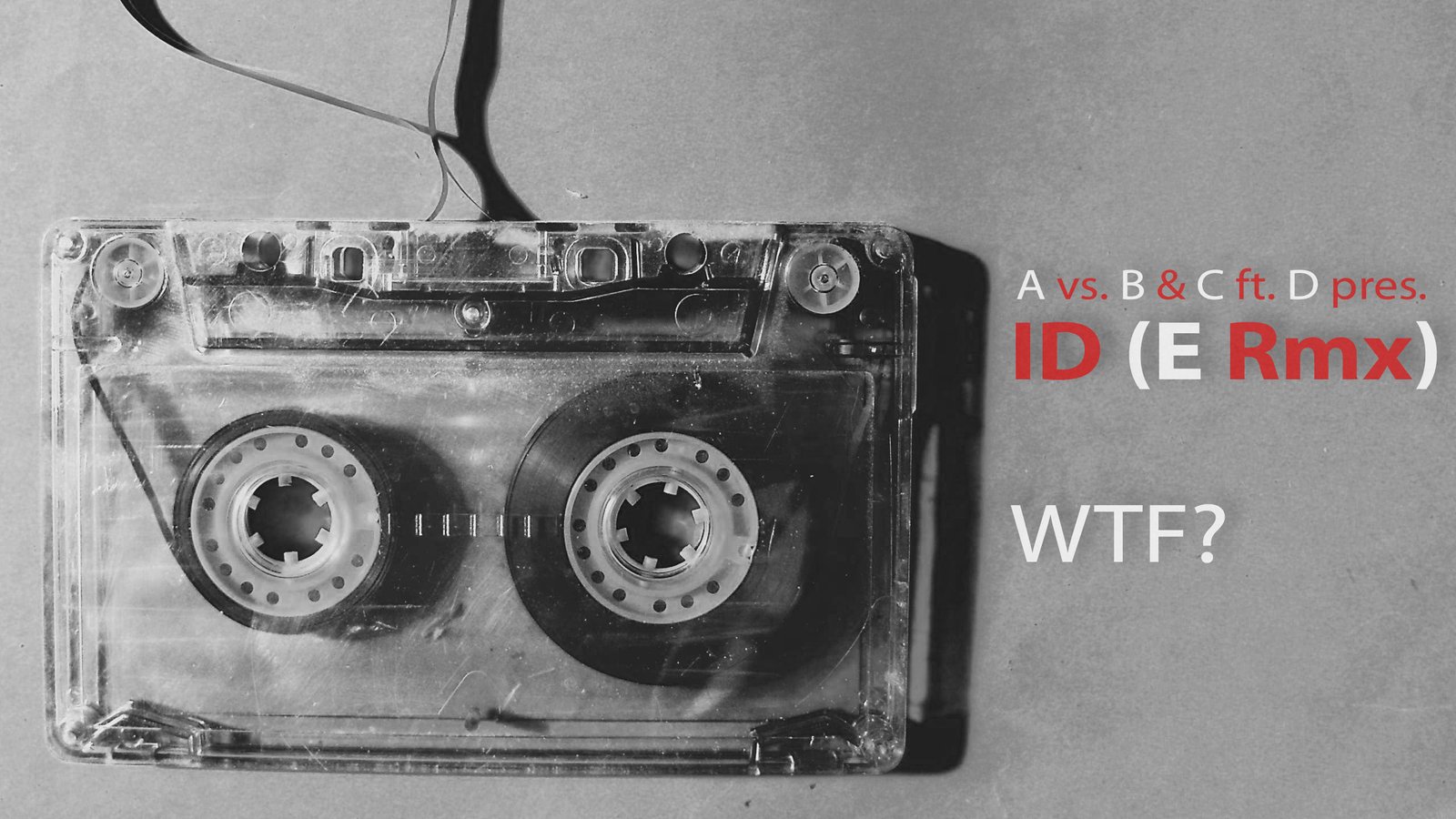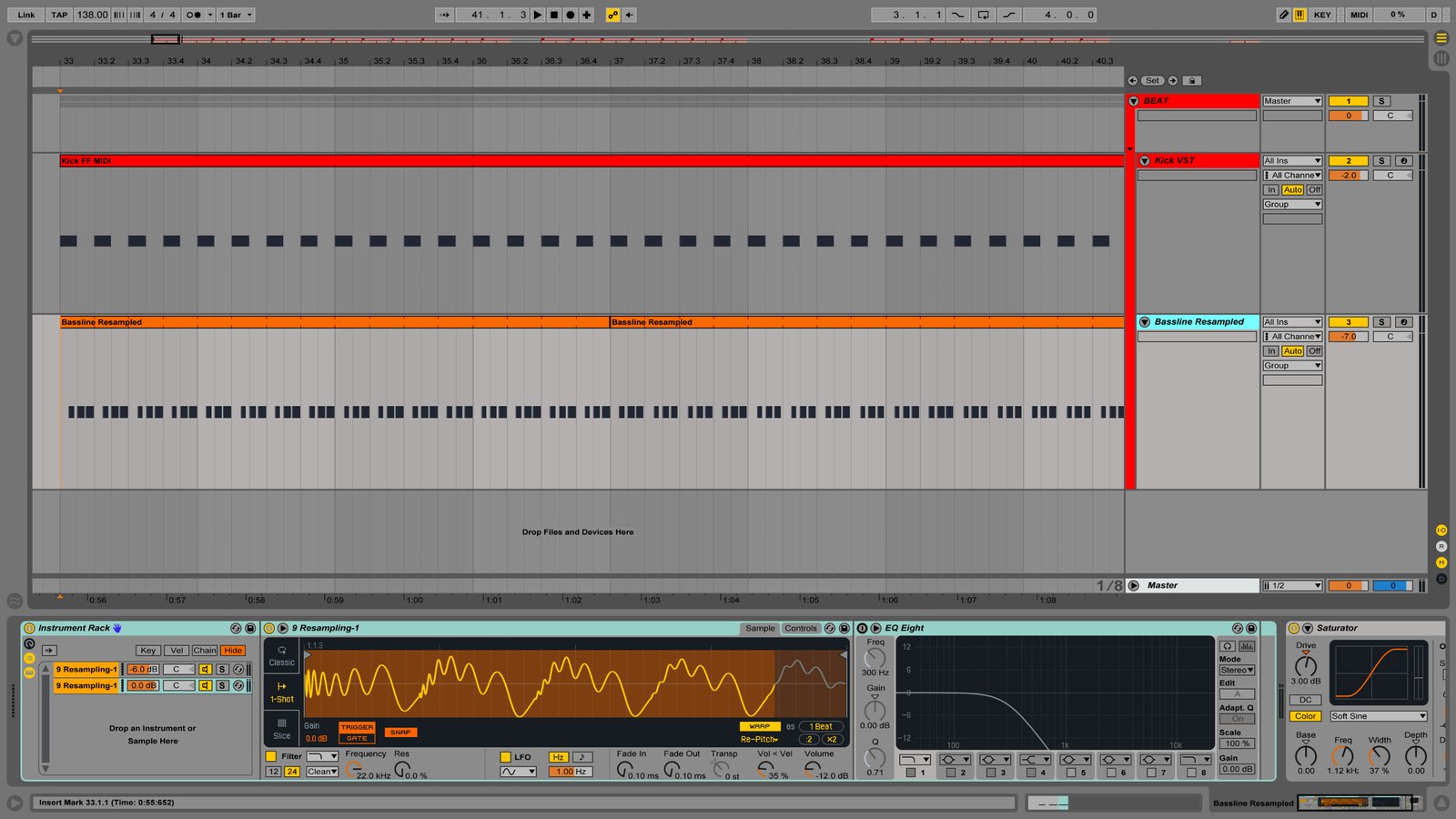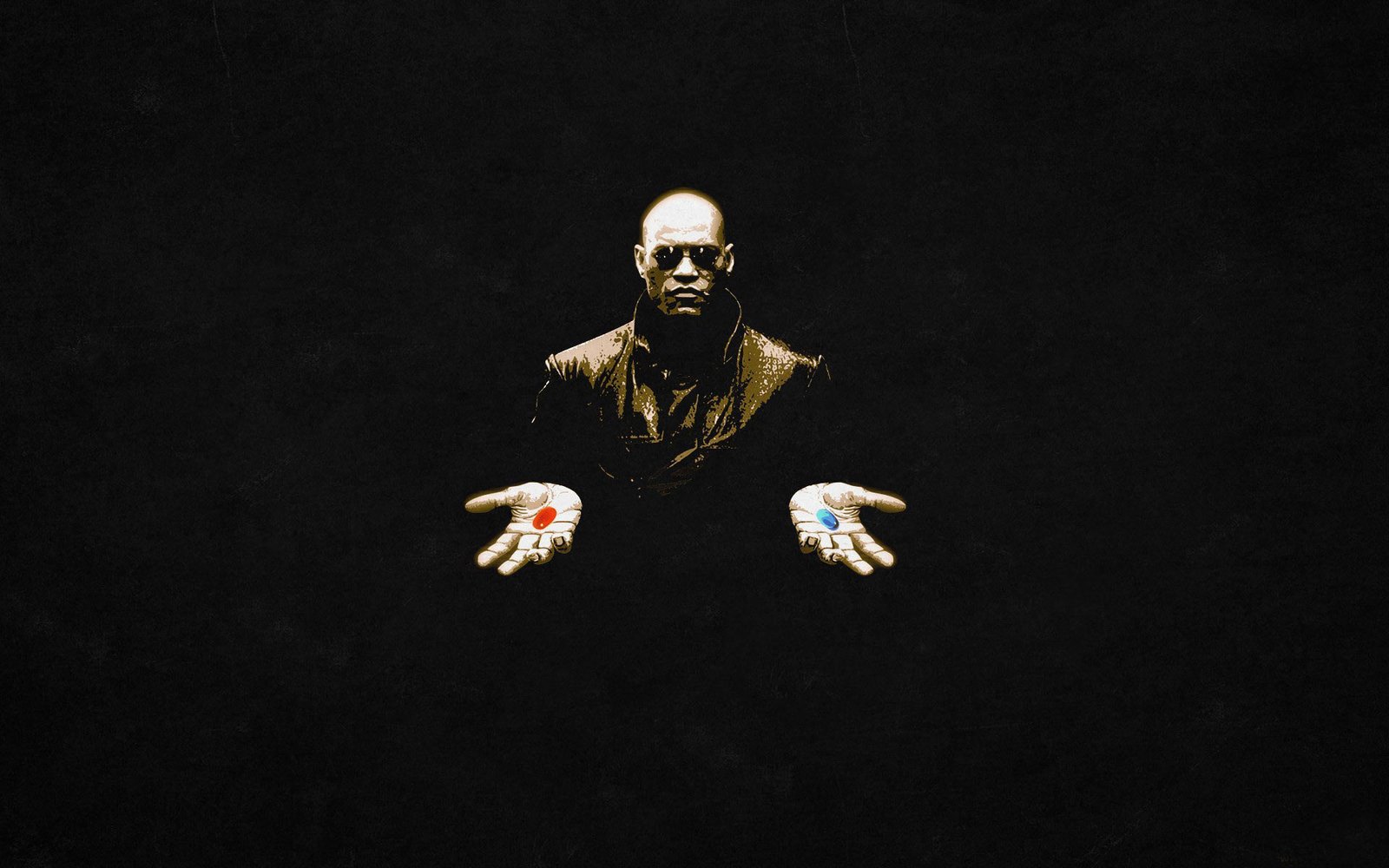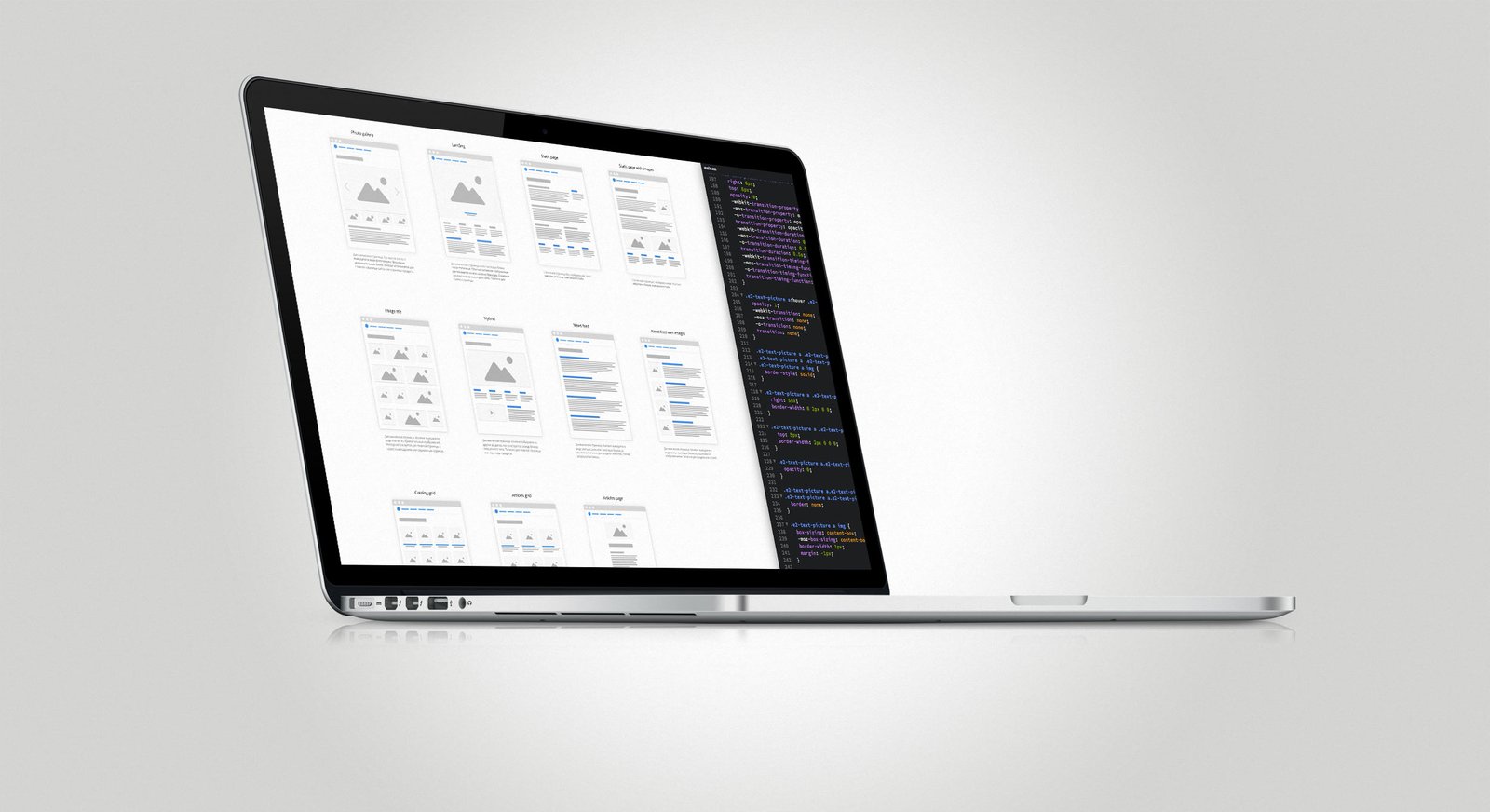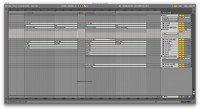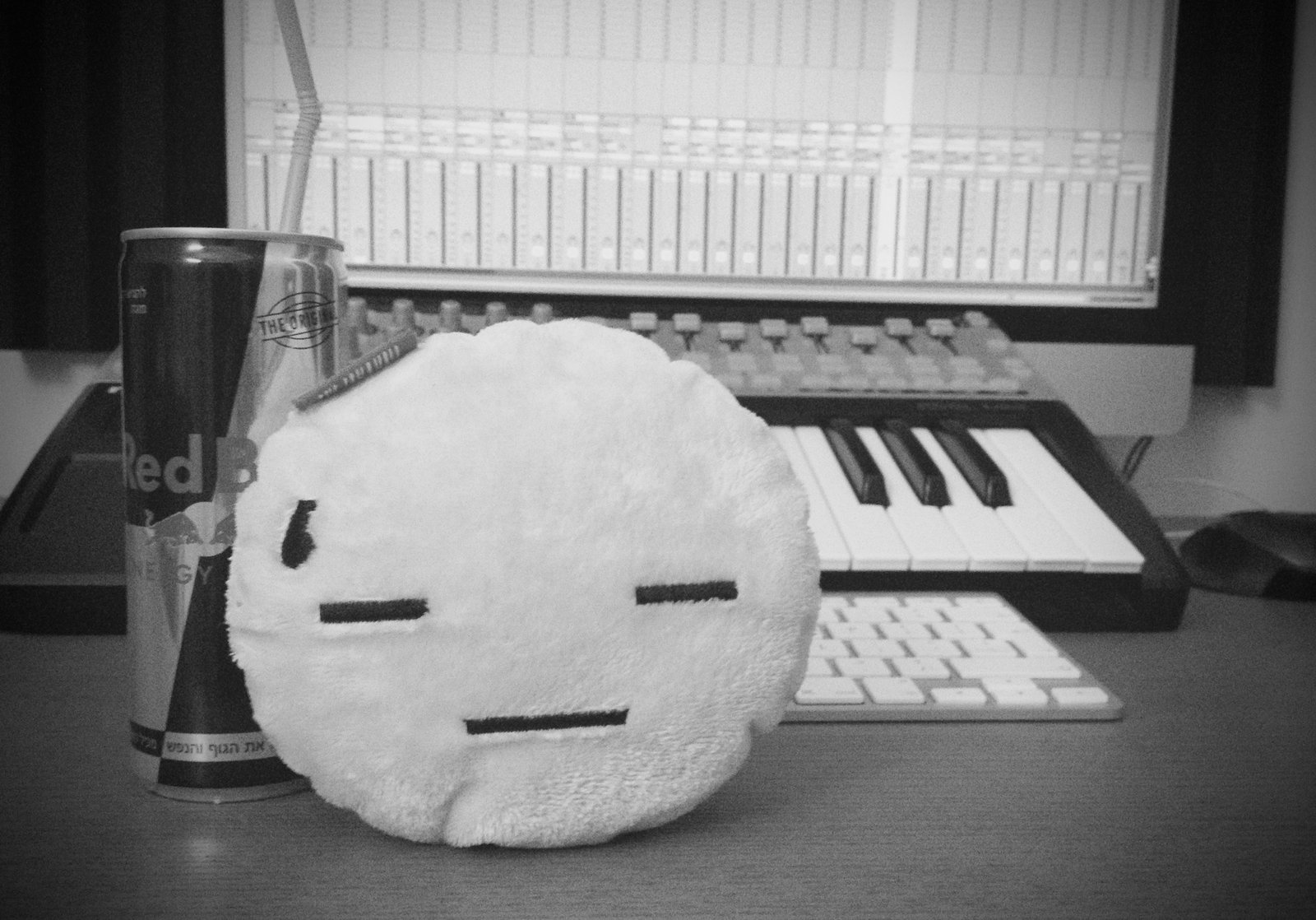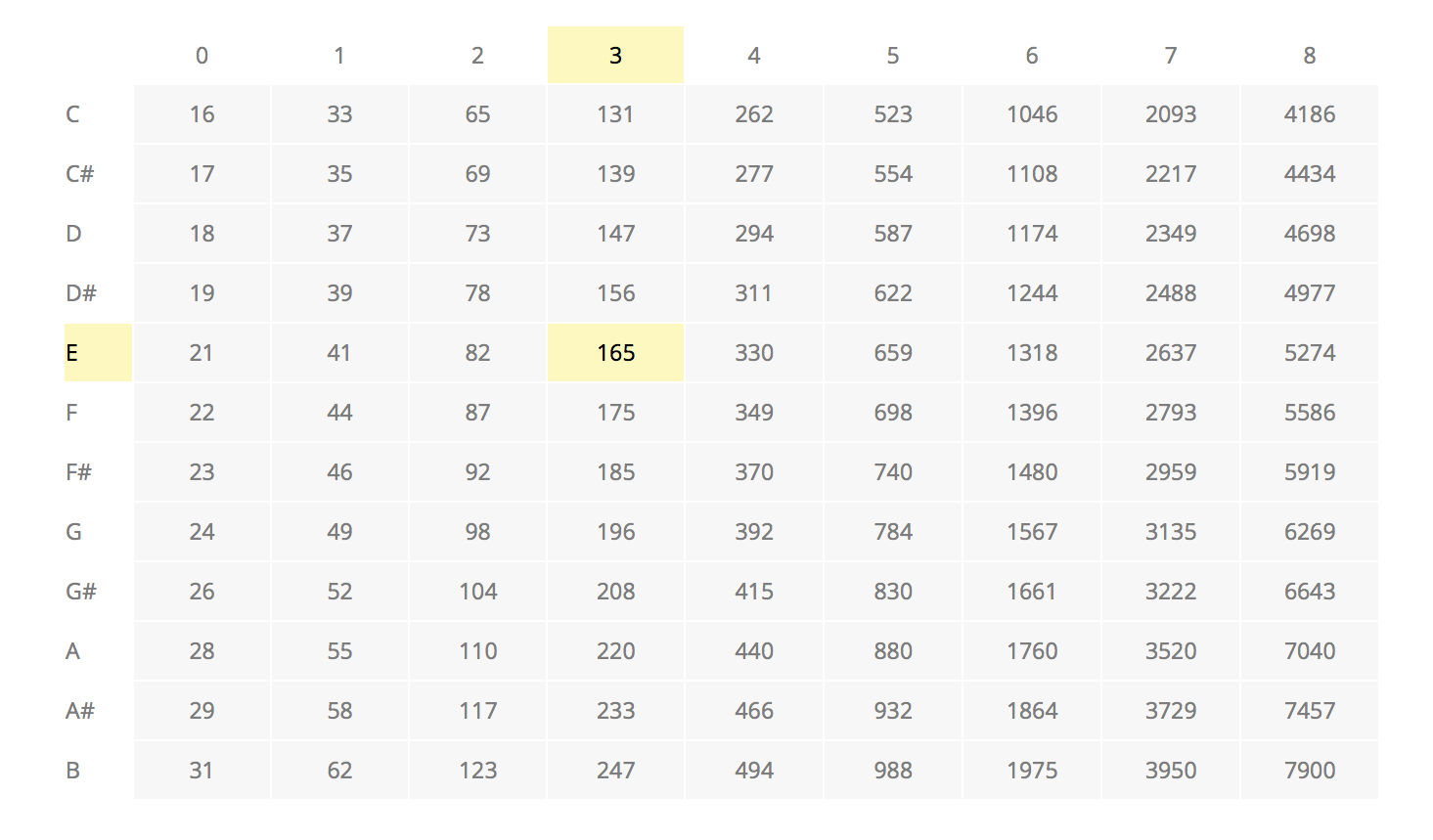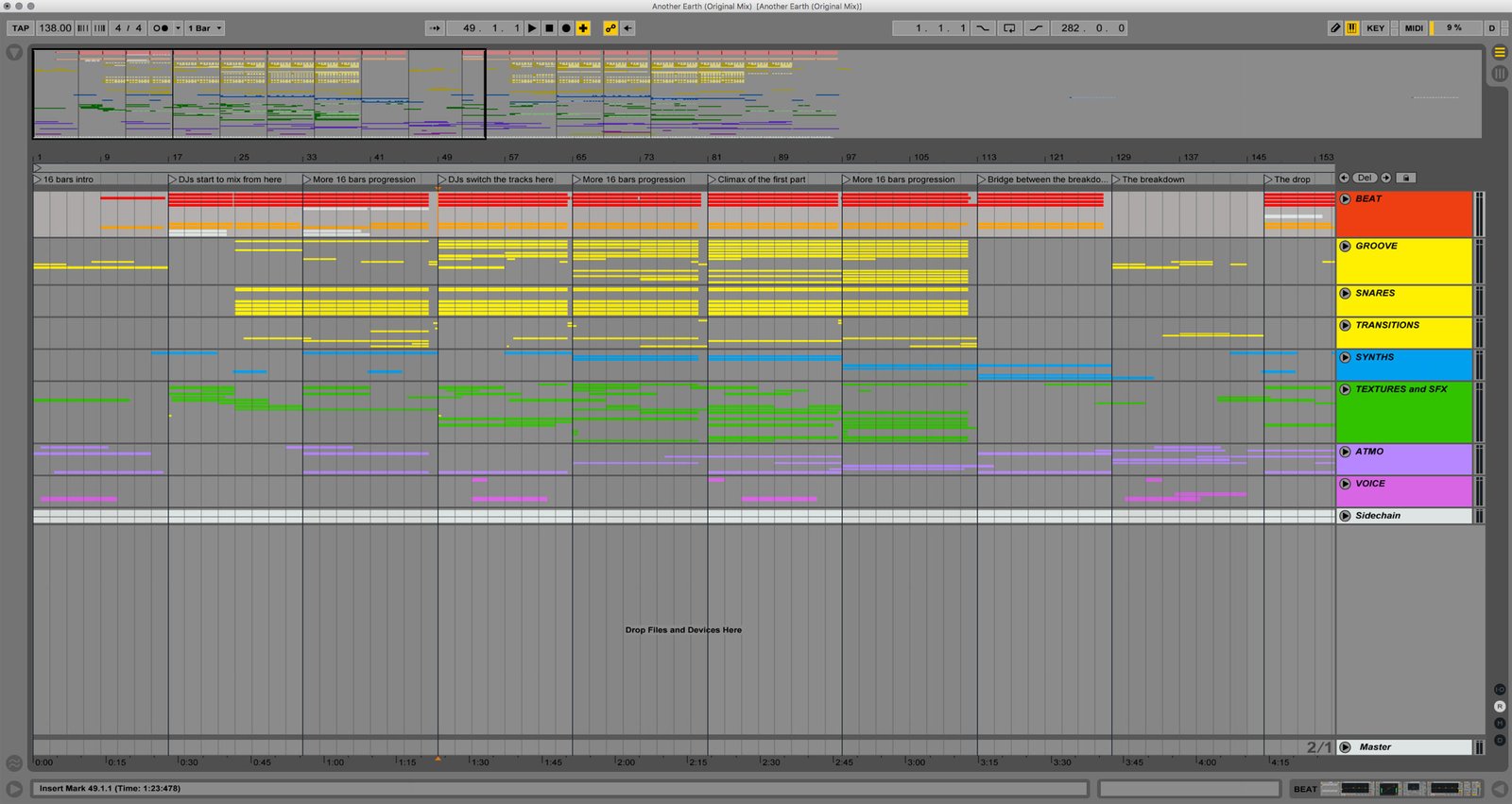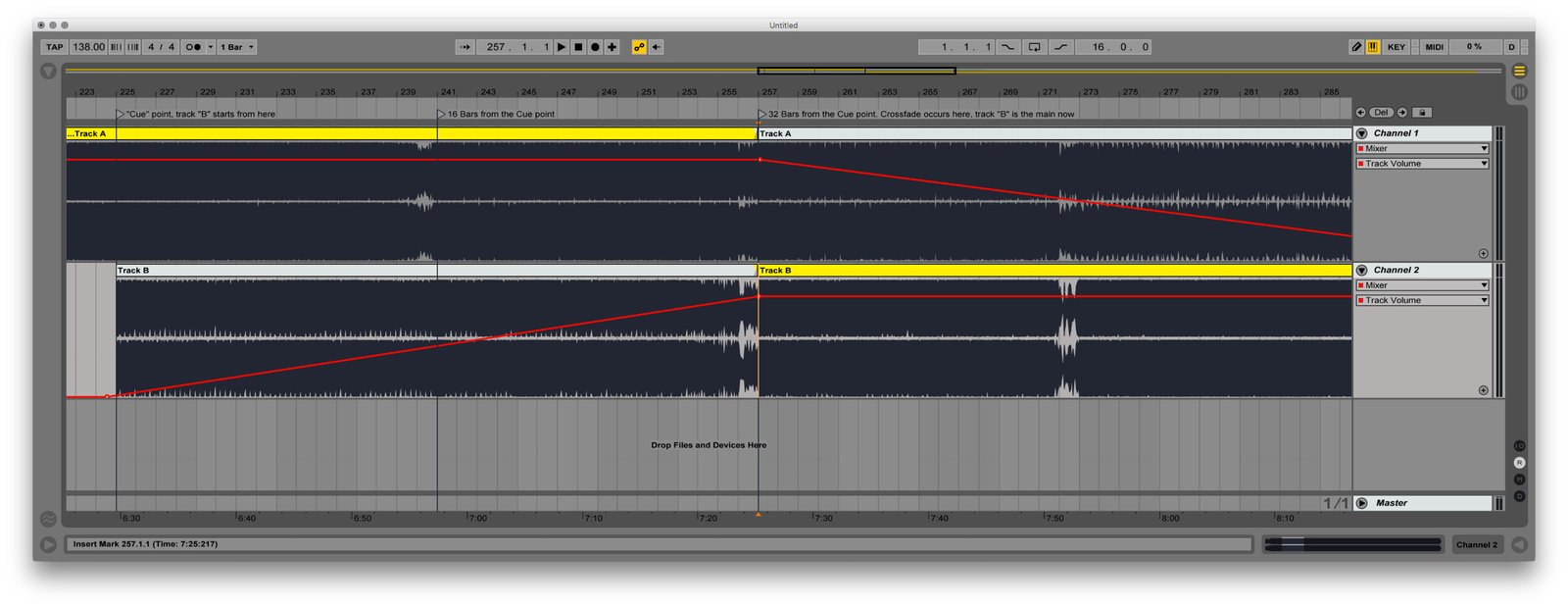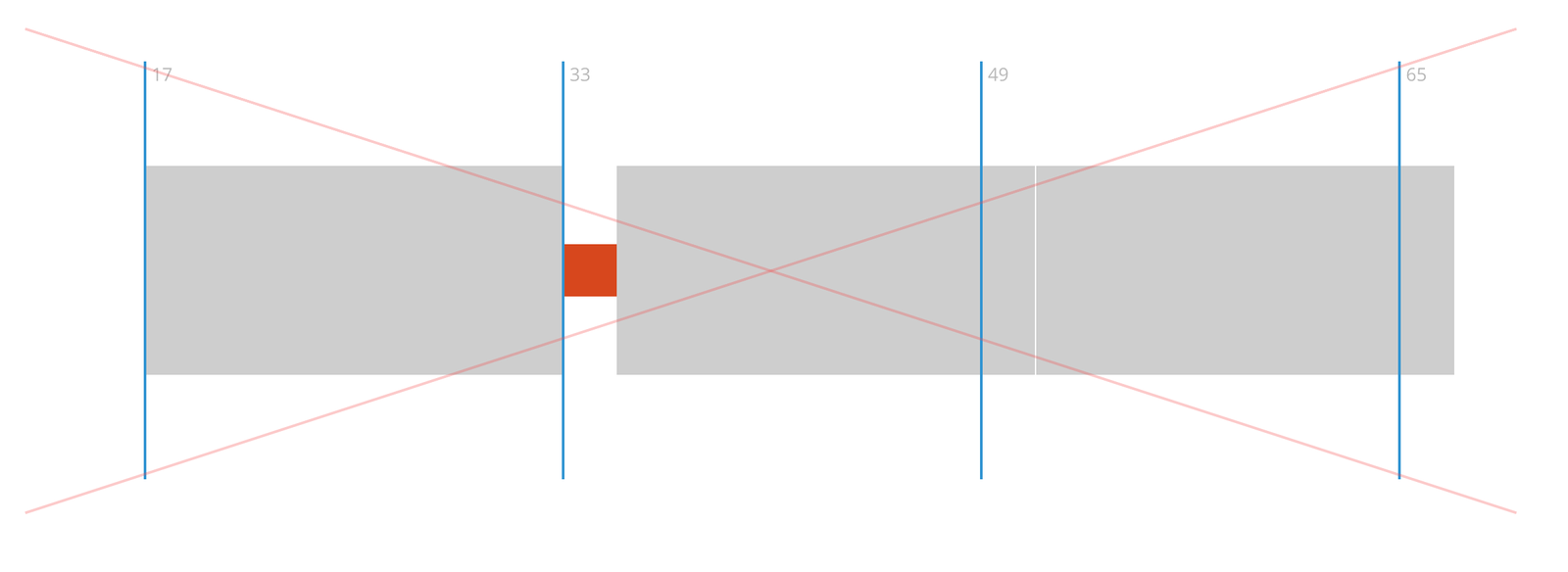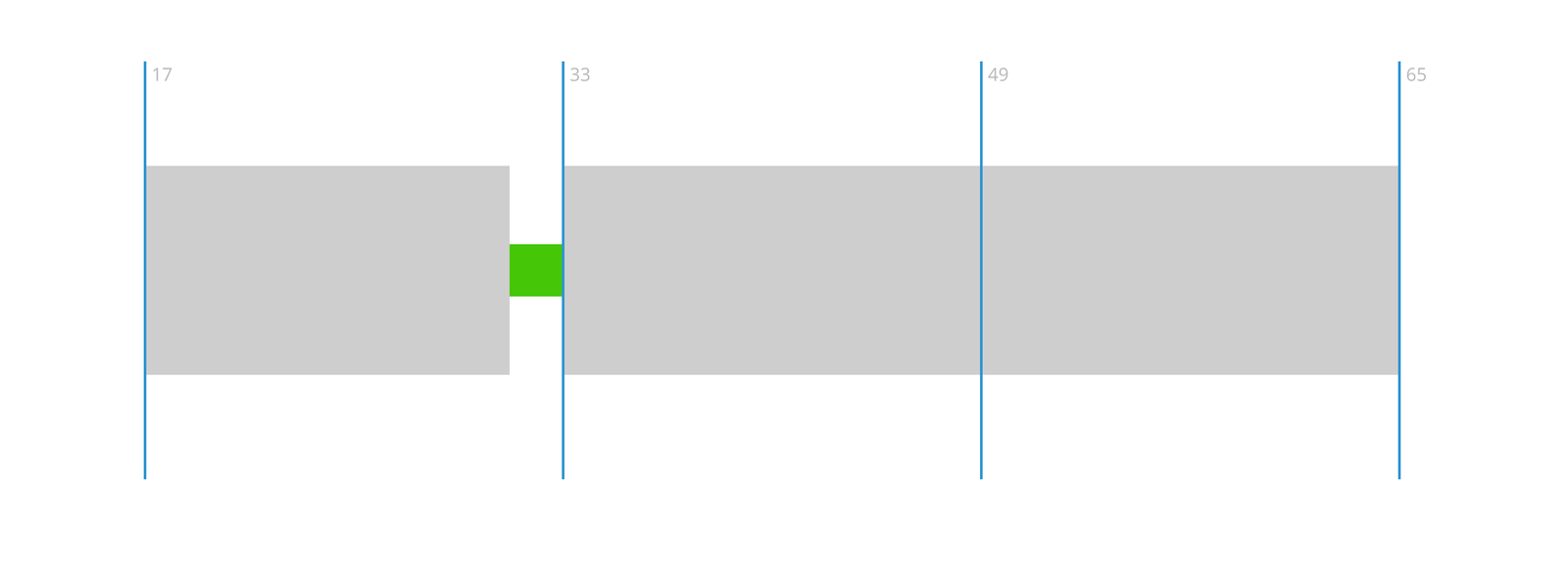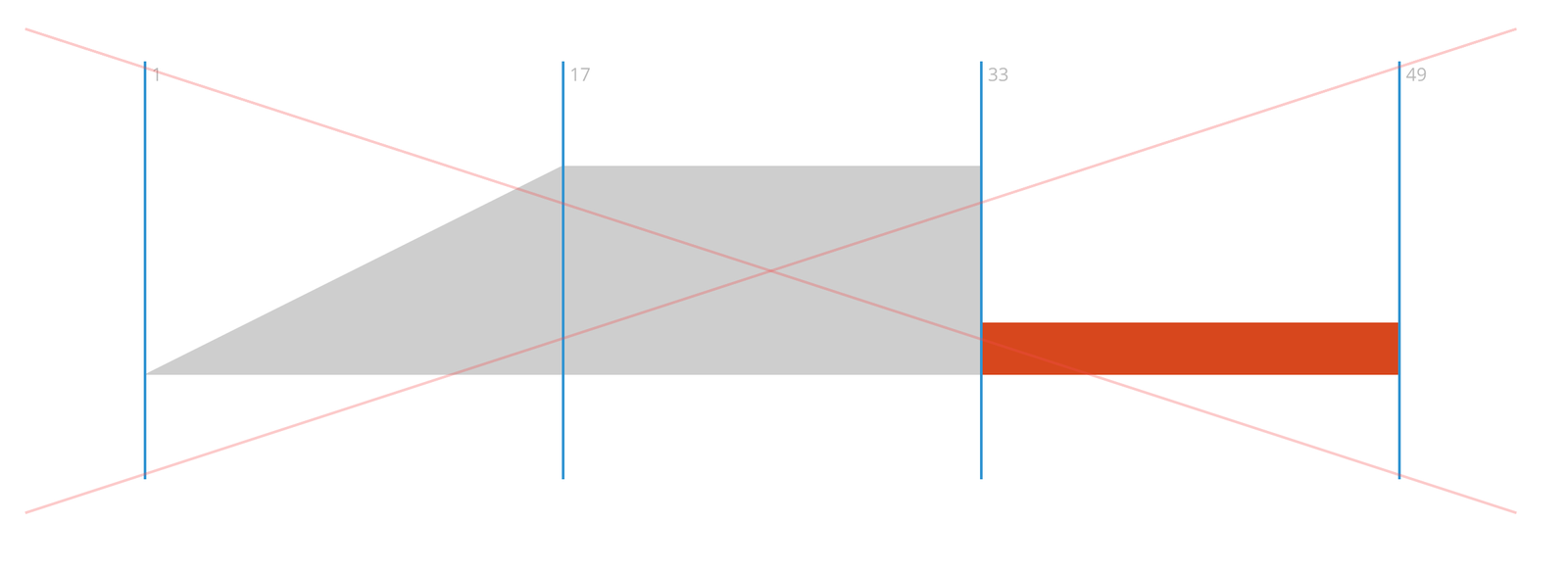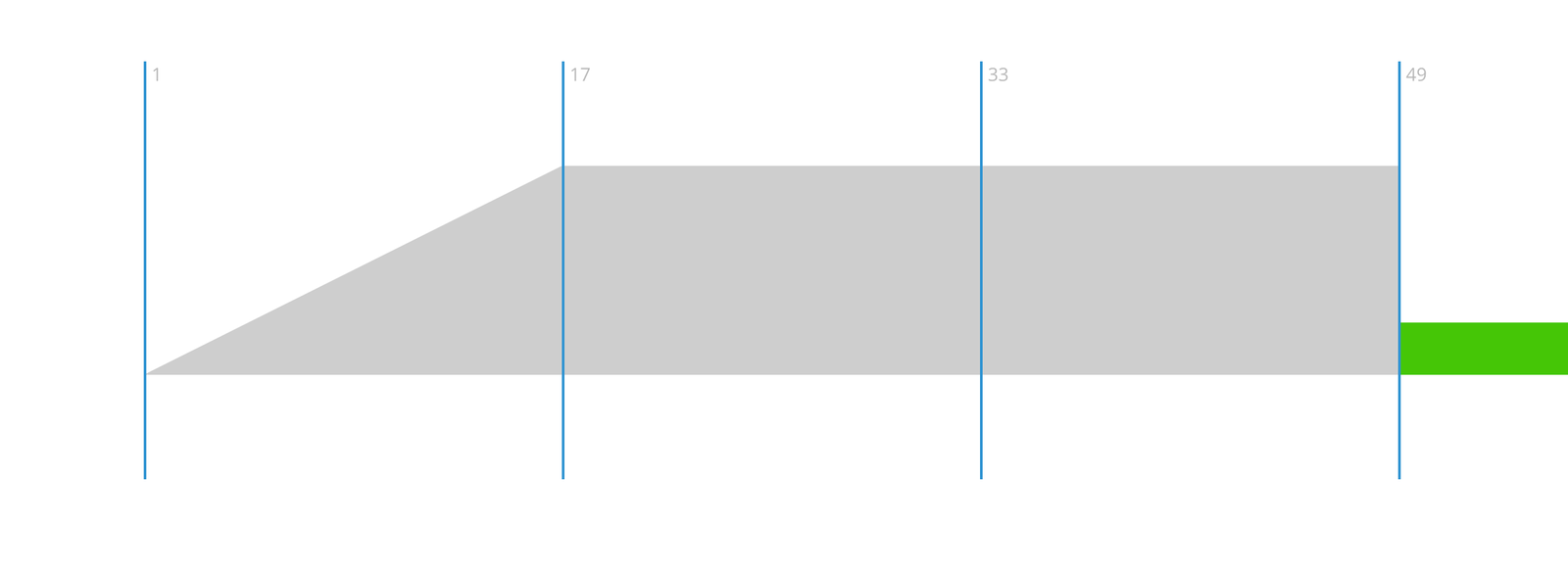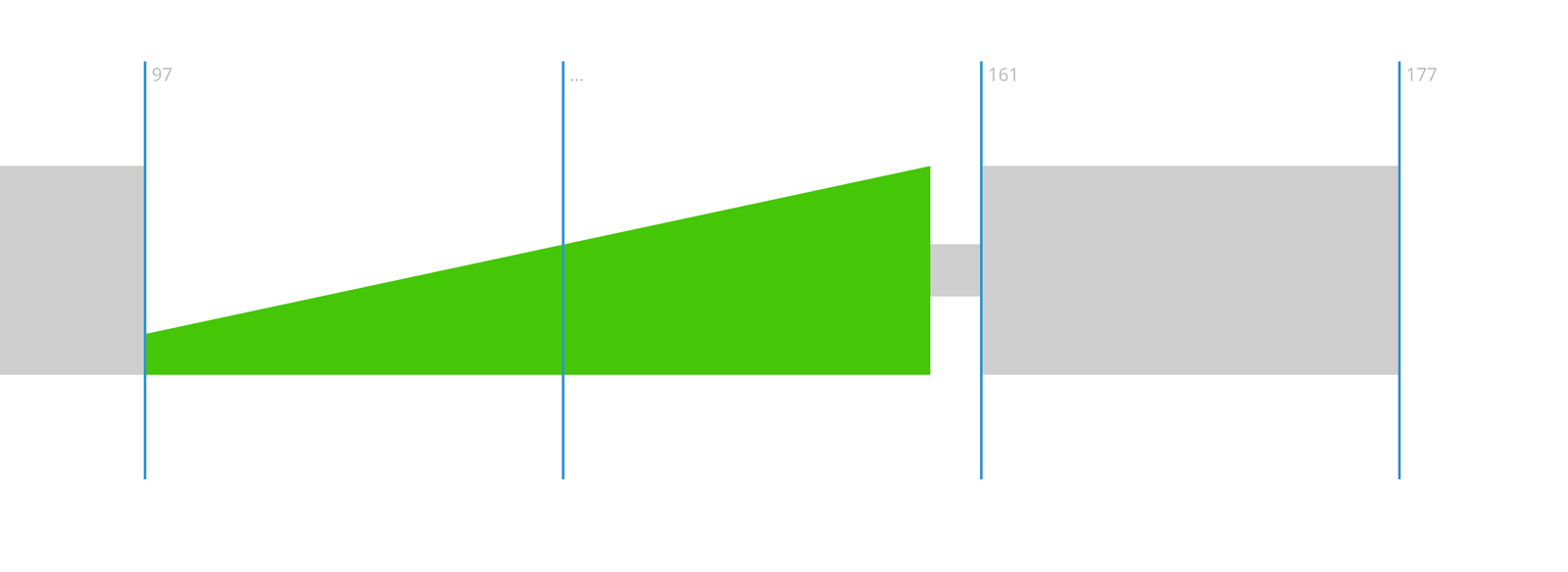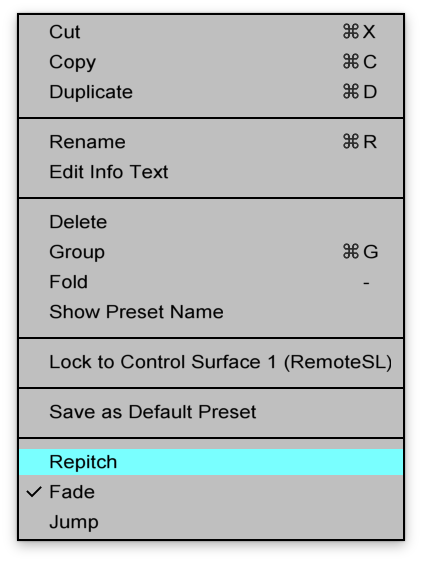The importance of proper opening DJs
How to warm-up, not burn
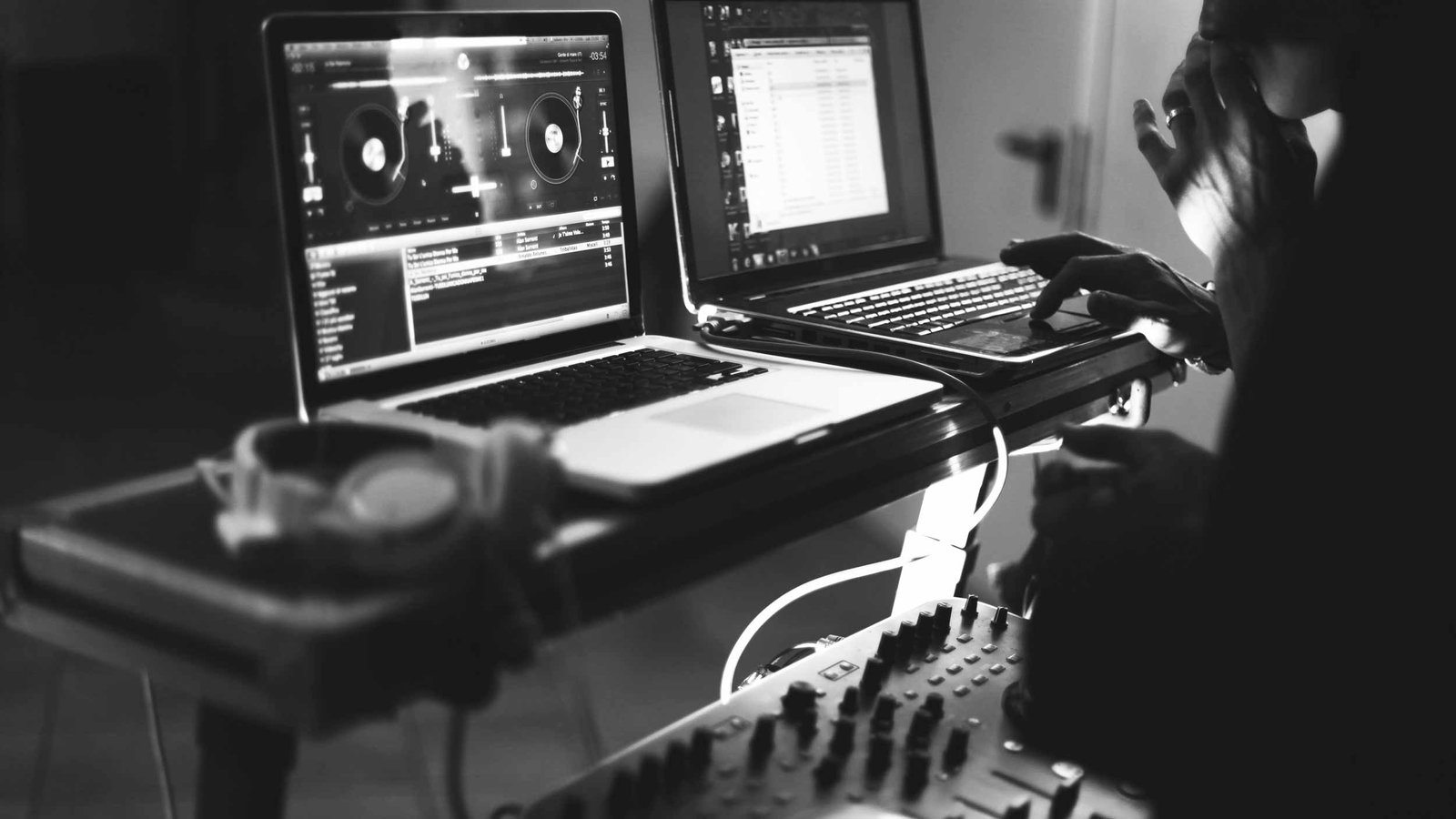
Who are the “opening DJs” and what’s their role?
Patrick
Good parties are made of many different aspects: good venue, good sound system, good artists, good bar, and even good toilets. There are much more things that all together make event stands out, and today I’d like to focus on one of them — an opening DJs.
Opening DJ is a person who plays first at the beginning of the event. Alternatively, they called a warm-up DJs. And I believe that opening DJs have the hardest and a very underrated role.
The problem
A DJ think: “Finally I’ve got a gig, this is my time to shine! I’ll show everyone how talented I am!”. And he drops the most banging tracks on the empty dancefloor, or to some people who are completely not ready to this yet. As a result, often we see something like this. Please don’t be like that guy. Just don’t.
 Laidback Luke explains opening DJs at Dancefair Seminar
Laidback Luke explains opening DJs at Dancefair Seminar
The philosophy
An opening DJ should:
- Welcome guests.
People won’t rush to the dancefloor as soon as they come into the club, even if you drop the top hit track. They want to meet with other people, drink something, i.e. get into the right mood. - Fill up the bar.
“A bar? I’m a DJ, I have to fill up the dancefloor!”. That’s not really true. First few hours after doors opening is the most profitable for the bars (look at p1 above). If you’ll play proper background music as it should be at the beginning, party organizer or venue owner will appreciate it. - Prepare crowd for the headliner.
Prepare means gives them anticipation that something big is about to happen. Tease them, but don’t give those “big things”. Let the headliner bang it. Warm-up dancefloor, not burn it.

You see, during the first hour, energy level must be very low and almost not growing up. Just enough to welcome the clubbers on positive vibes. At the end of the second hour, you can start to slowly increase energy, and nearly at the finish of your set you can drop a few tracks with a similar energy level as the headliner will play, but not higher.
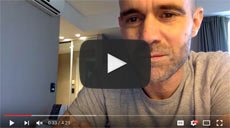 John 00 Fleming gives very insightful talk about warm up DJ’s in his vlog
John 00 Fleming gives very insightful talk about warm up DJ’s in his vlog
And this not only one man’s opinion, many credible artists think the same. John 00 Fleming, who’s in DJing for two decades now, is one of them.
Advice
- If you don’t know a headliner that will play after you, make research before the event: listen to his tracks, try to find his recorded live shows — it will help you programming the set.
- If you haven’t played in this particular venue yet, try to find out as much as you can: some specific things in local crowd habits and behaviours. Speak with the venue manager, the party promoters, the other DJs or people who’ve been there before. In fact, this advice might be useful not only to the opening DJs.
- Never, never play tracks with higher BPM than the headliner. If the headlining DJ of this particular event plays a 145+ BPM Full On PsyTrance, it’s okay to start with Psy-Progressive at 130 BPM. If the headliner’s music is 135+ BPM Psy-Progressive, then start with 125+ BPM deep Progressive or even Techno.
- Don’t play at full loudness — drop it down up to 90~95% of total volume. Here is the hint: the louder music is, as better we think it is. That’s our body language. That’s why “loudness wars” exists is the music industry. So, if you playing at 90~95% of volume and then the headliner will increase it to 100%, his music will sounds “better”, harder and more pumping.
- Don’t play tracks made by the other artists that will be playing after you.
